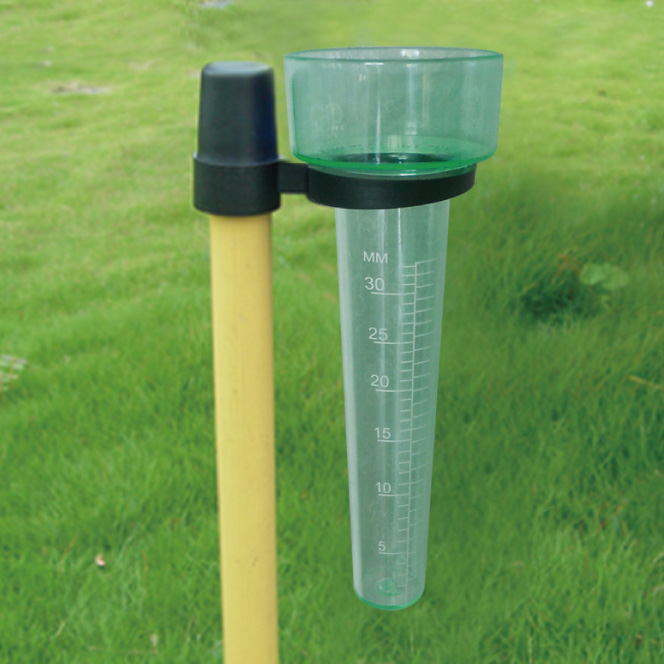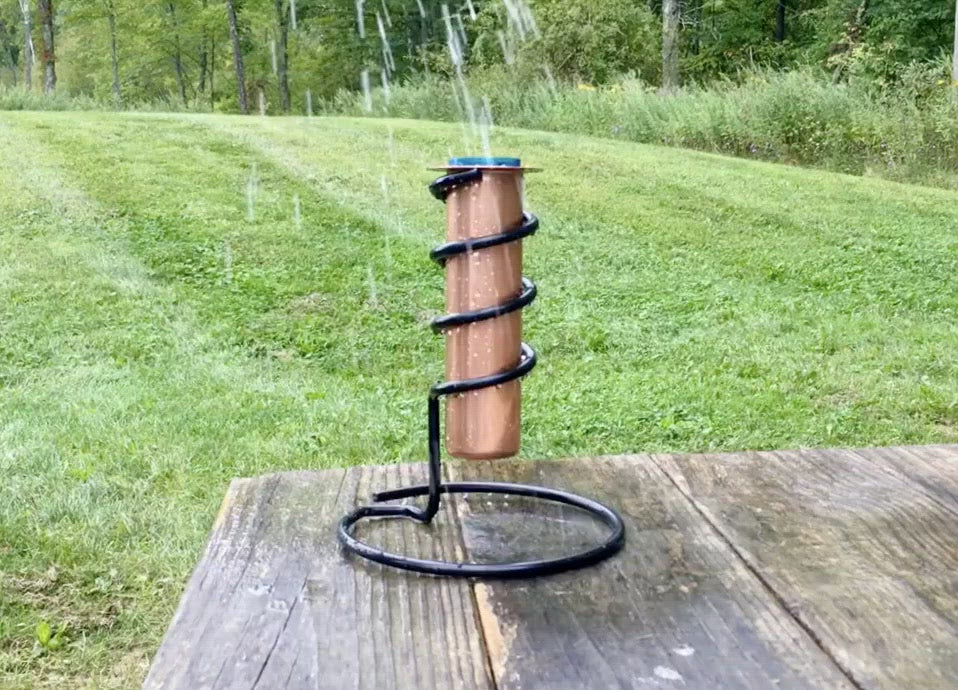The Rain Gauge: Understanding Rain Patterns and Enhancing Climate Recognition
The Rain Gauge: Understanding Rain Patterns and Enhancing Climate Recognition
Blog Article
Recognizing Rainfall Gauge Dimensions: A Total Guide
Recognizing Rain Gauge Dimensions: A Total Guide is a thorough resource for any person seeking a much deeper understanding of rain gauge dimensions. Rainfall is a critical element in various markets, consisting of farming, water, and meteorology source administration. This guide intends to provide viewers with a thorough understanding of the value of rain scale dimensions, the various kinds of rainfall gauges available, and how these measurements are acquired and interpreted. Additionally, it explores the variables that can influence the precision of rain scale analyses and uses sensible suggestions for acquiring precise measurements. Whether you are a specialist in the area or simply have an interest about rains measurement, this overview will certainly furnish you with the knowledge needed to successfully utilize rain gauge dimensions.
The Relevance of Rainfall Gauge Measurements
The value of rainfall gauge dimensions hinges on their duty as a vital tool for properly analyzing and monitoring rainfall degrees - The Rain Gauge. Rain gauge dimensions supply important information that aids meteorologists and hydrologists recognize patterns and patterns in rainfall, which consequently help in various fields such as farming, water resource administration, and climate study

Precise rainfall measurements are vital for farming as they assist in identifying watering demands, crop development, and return predictions. Farmers depend on this details to make informed decisions about when to sprinkle their plants, stopping water wastage and making sure optimal crop wellness. In addition, rainfall data assists in analyzing the influence of dry spells or excessive rains on crop production, enabling farmers to take proper actions to lessen losses.
Water source management heavily counts on rain gauge dimensions to establish the quantity of water readily available in rivers, reservoirs, and lakes. Specific measurements enable water managers to make informed decisions about water allocation and distribution, making sure lasting usage and stopping shortages. This info is particularly vital in areas where water shortage is a pressing problem.
Additionally, rain scale measurements play an important duty in climate research study. By properly gauging rains over expanded periods, scientists can examine long-term climate patterns and identify modifications in precipitation patterns due to climate modification. This information assists scientists and policymakers develop approaches to adapt to and mitigate the effects of environment modification.
Kinds Of Rainfall Gauges
There are various kinds of rainfall gauges utilized to determine rainfall accurately. Each type has its very own benefits and restrictions, making them suitable for various purposes and atmospheres.
The most typical kind of rainfall scale is the typical cylindrical gauge. It is composed of a cylindrical container with a broad funnel-shaped top to collect rain (The Rain Gauge). The water is then channelled into a finished gauging tube, enabling for precise measurement of the quantity of rainfall
One more kind is the considering rainfall scale. Considering rainfall determines are particularly beneficial in locations with icy rainfall or heavy rainfall, as they are not impacted by spraying or evaporation.
Tipping bucket rainfall evaluates use a mechanism that suggestions a little container each time it collects a details quantity of rain. The variety of tips is videotaped and used to compute the rainfall. This sort of gauge is generally utilized in automated climate stations as a result of its reduced maintenance needs and ability to provide real-time information.
Ultimately, there are radar-based rain evaluates that use radar technology to estimate rains. These evaluates determine the intensity of rainfall in a specific location by assessing the reflected radar signals. They are particularly valuable for gauging rainfall over big areas or in remote places.
How Rainfall Scale Measurements Work
Rain scale measurements are based on the navigate to this website principle of gauging the quantity and accumulating of precipitation. These instruments are designed to record rain and give a precise measurement of the rains in a details area.
The most usual kind of rainfall scale is the common round scale. It consists of a round container with a large opening at the top to collect rainwater. The collected water is after that funneled right into a see this here determining tube, which is adjusted to supply the measurement in systems of size, commonly inches or millimeters.
Another sort of rain gauge is the tipping pail scale. When they get to a particular weight threshold, it uses a seesaw-like system with 2 buckets that tip. Each pointer of the bucket stands for a specific quantity of rainfall, enabling precise dimensions.
Some advanced rainfall gauges are outfitted with digital sensors that instantly record and transfer information. These sensing units make use of different modern technologies such as ultrasound or laser to measure the amount of rains precisely.
Factors Impacting Rainfall Scale Accuracy
Elements that can impact the precision of rain gauge measurements include different ecological and operational variables. Ecological aspects such as wind, temperature level, and atmospheric pressure can substantially affect the accuracy of rainfall scale dimensions. Solid winds can trigger the rain gauge to move or tilt, resulting in unreliable analyses. Severe temperature levels can cause dissipation or freezing of the accumulated rainwater, leading to altered measurements. Changes in air pressure can also affect the accuracy of rain scale dimensions, as they can modify the price at which rains is gathered.
Operational variables, on the various other hand, describe aspects associated with the style, setup, and maintenance of the rain scale. The positioning of the rain gauge in a location with obstructed air flow or near trees or structures can result in incorrect analyses as a result of obstruction or splattering of rainfall. Incorrect calibration or irregular upkeep of the go to this site rainfall gauge can additionally influence its precision.
To make sure the accuracy of rainfall gauge dimensions, it is essential to consider these aspects and take suitable measures. This may involve picking a proper location for the rainfall scale, making certain proper installment and maintenance, and routinely adjusting the instrument. By attending to these variables, trustworthy and exact rains dimensions can be gotten, which are vital for various applications such as climate forecasting, hydrological researches, and farming.
Tips for Accurately Determining Rain
To guarantee exact rains dimensions, it is essential to apply details methods and strategies when using a rain scale. Below are some suggestions for properly measuring rainfall:
Appropriate Positioning: Place the rainfall scale in an open location, away from trees, buildings, and various other blockages that might interfere with the rainfall collection. It must be placed on a level surface area to stay clear of water merging or runoff.

Review the Range Appropriately: When taking dimensions, reviewed the water degree at eye level from all-time low of the lens. Stay clear of parallax mistakes by aligning your sight straight with the water degree.
Regular Time Period: Establish a constant time interval for gauging rainfall, such as every 24 hours or after each rains occasion. This makes certain exact tracking and comparison of precipitation information.
Document Measurements Immediately: Tape rains dimensions as quickly as feasible after collection to avoid dissipation or spillage. Use a rain scale with a built-in information logging function for automated recording.
Final Thought
In verdict, understanding rainfall gauge measurements is crucial for precisely measuring rainfall. It is vital to consider aspects that can affect the precision of rainfall gauge measurements, such as positioning, wind, and dissipation.
Recognizing Rainfall Gauge Dimensions: A Complete Guide is a thorough resource for any individual looking for a deeper understanding of rainfall scale dimensions. Whether you are a professional in the field or just have a curiosity regarding rainfall dimension, this guide will certainly outfit you with the knowledge needed to successfully make use of rain gauge dimensions.
The most typical type of rainfall scale is the basic round scale.The most typical kind of rain gauge is the common round gauge.An additional kind of rainfall scale is the tipping container scale.
Report this page